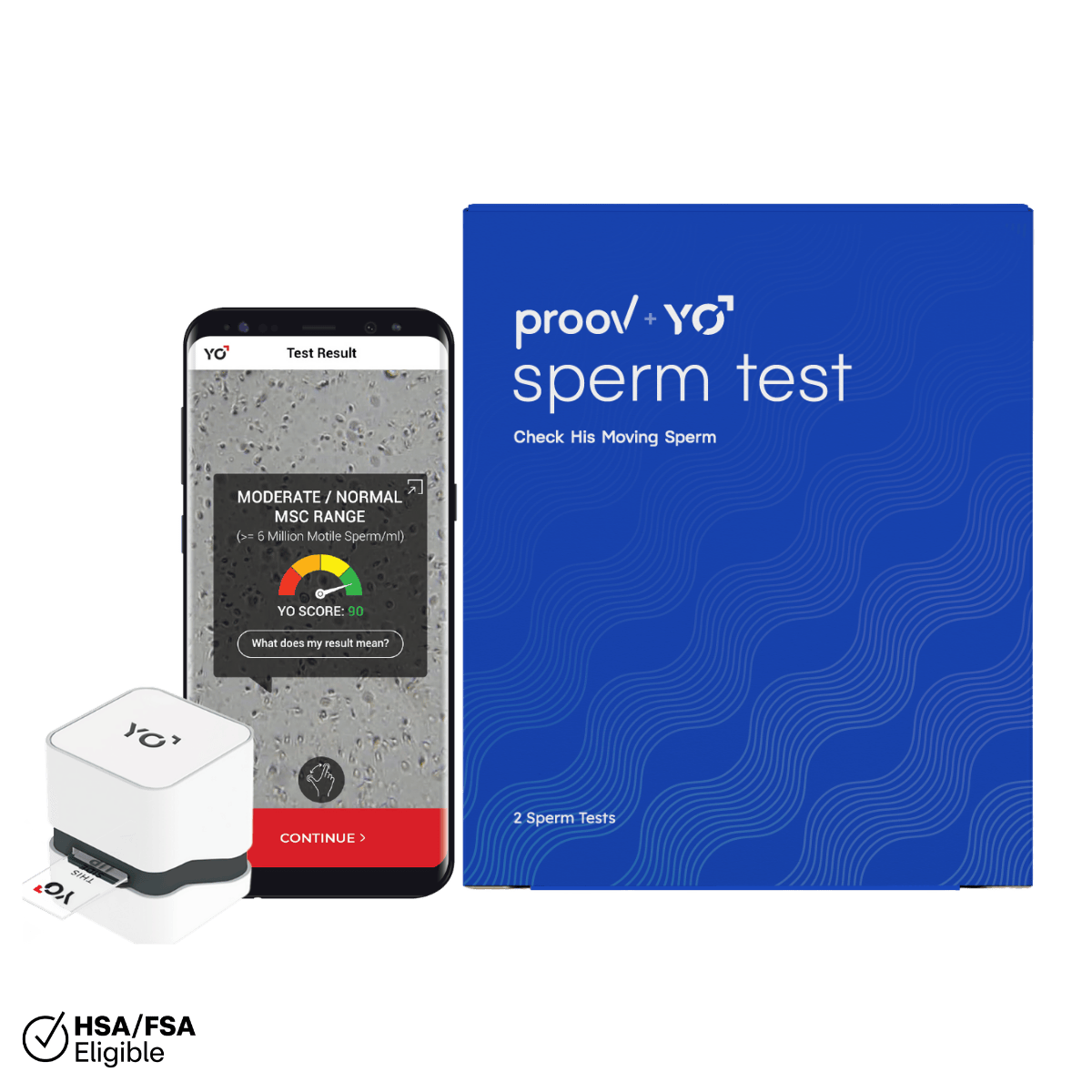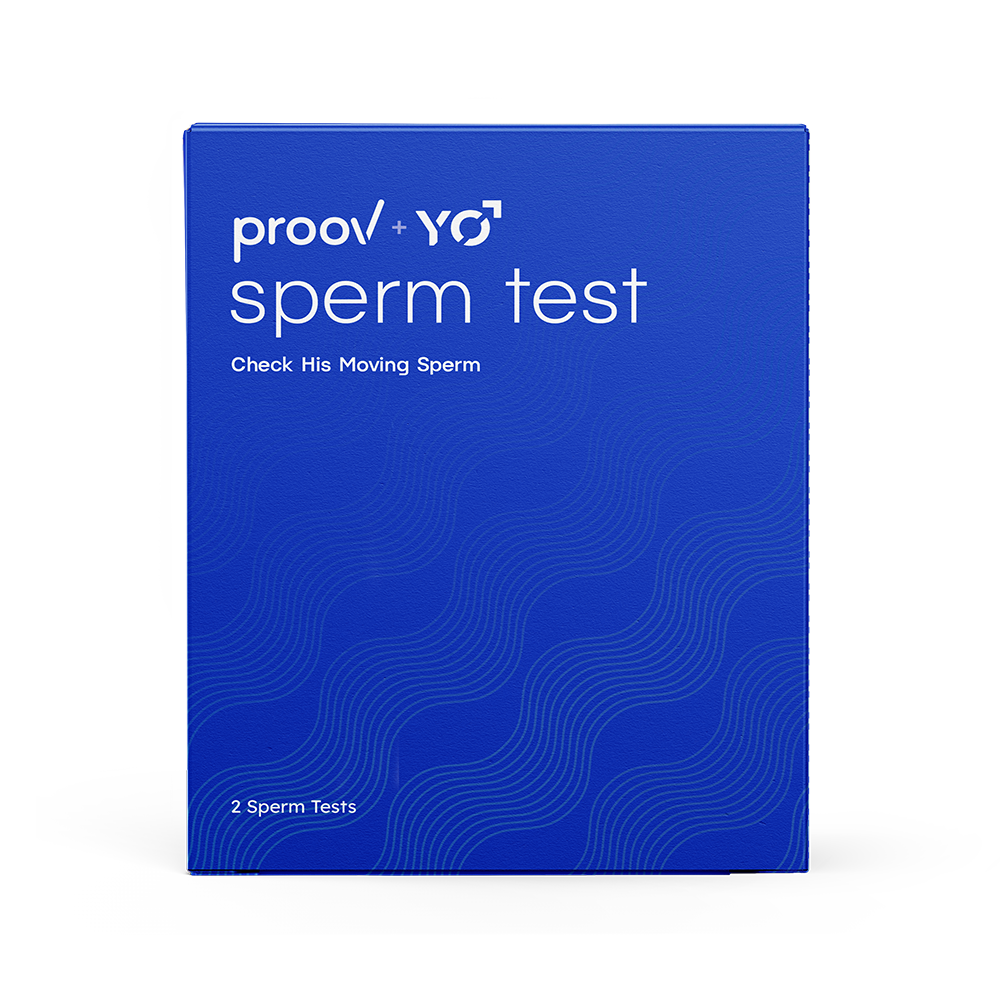If you’re trying or thinking about trying to get pregnant and you’ve spent some time on fertility-related websites or social media, you’ve probably noticed that there are a TON of acronyms and phrases to learn. It can be overwhelming to remember what these stand for, let alone what they actually mean for you and your fertility!
But if you’re trying to conceive (that’s TTC, by the way) and looking to learn the lingo, we’ve got you. Read on to find out about one of the most important acronyms in fertility– DPO, or days past ovulation.
What does “DPO” mean?
DPO is a common acronym used in fertility testing, charting, and even in the fertility clinic/IVF world. It stands for “days past ovulation,” and, at the risk of stating the obvious, it means how many days it has been since you presumably ovulated. This is usually referred to with a number: for instance, 7 DPO refers to the seventh day past ovulation.
There’s a little more to it than that, though. If you’re referring to days past ovulation, this implies that you know when ovulation occurred. To do that, you need to be tracking ovulation using a method such as an ovulation predictor kit, basal body temperature, or a complete testing kit like Proov Complete. Using a tracking app alone isn’t generally accurate enough for your DPO count to be useful.

If you’re using an ovulation predictor kit/luteinizing hormone (LH) testing, it’s important to note that the day you get a positive ovulation test is usually the day before ovulation. This is because LH surges 12-36 hours before the egg is released. The day of the LH surge is often denoted as “peak day,” so sometimes instead of DPO you’ll see DPP (days past peak).
There are a few days that tend to come up frequently in the “DPO” discussion. These are typically the timing of implantation and PdG testing (6-9 DPO, or 7-10 DPP) and when you can take a pregnancy test. Let’s cover that second one in a little more detail!
When should I take a pregnancy test?
If fertilization is going to happen, that will be within the lifespan of the egg– 12 to 24 hours after the egg is released from the ovary. But you aren’t necessarily “pregnant” at that point. That comes later, after implantation.
It takes the fertilized egg about 6 days to travel down the fallopian tube into the uterus, where it might implant in the uterine wall if your progesterone levels are high enough (more on this later). This happens during the implantation window, 6-9 DPO. At this time, the implanted new embryo begins to produce hCG, the pregnancy hormone, and that’s how your body knows it is pregnant!
A pregnancy test recognizes hCG, but typically at-home pregnancy tests won’t turn positive immediately after the implantation window because the hCG level isn’t high enough yet. For those to be accurate, you still need to wait until your expected period, usually 12-16 DPO. For some early pregnancy tests, like Proov Check, you can test before your missed period.
When would I start to experience early pregnancy symptoms?
Similarly to a positive pregnancy test, you probably won’t experience any early pregnancy symptoms until at least after the implantation window, when hCG begins to rise. Many of these early symptoms are unfortunately pretty generic and similar to pre-menstrual symptoms, such as fatigue, moodiness, tender breasts, and possibly implantation bleeding (that looks like light spotting).
Symptoms may start as early as 10 DPO, but it’s also normal for your symptoms not to start until you’ve missed your period or even a few weeks later.
How can Proov help?

Proov Complete for ovulation and implantation information
To accurately track ovulation, you’ll want to use a method like cervical mucus monitoring or basal body temperature, or a fertility test like an ovulation predictor kit or Proov Complete. While an ovulation predictor kit/LH test will tell you when you’re likely about to ovulate, Proov Complete will give you your entire fertile window (not just 1-2 days) and will also confirm ovulation and test for successful ovulation during the implantation window.
Getting pregnant isn’t just about fertilizing an egg–it’s also about having sufficient progesterone during the implantation window to support a new pregnancy. Ovulation that results in elevated and sustained progesterone is successful ovulation, and Proov Complete or Proov Confirm PdG tests will help you understand the success of your ovulation.
Proov Check for early pregnancy tests
Once you’ve made it through the implantation window, you can start testing for pregnancy with Proov Check early pregnancy tests! Proov Check can detect hCG as early as 1-2 weeks past conception, before your missed period. Then hopefully you’ll become acquainted with another acronym of the fertility world–BFP, or Big fat positive!












